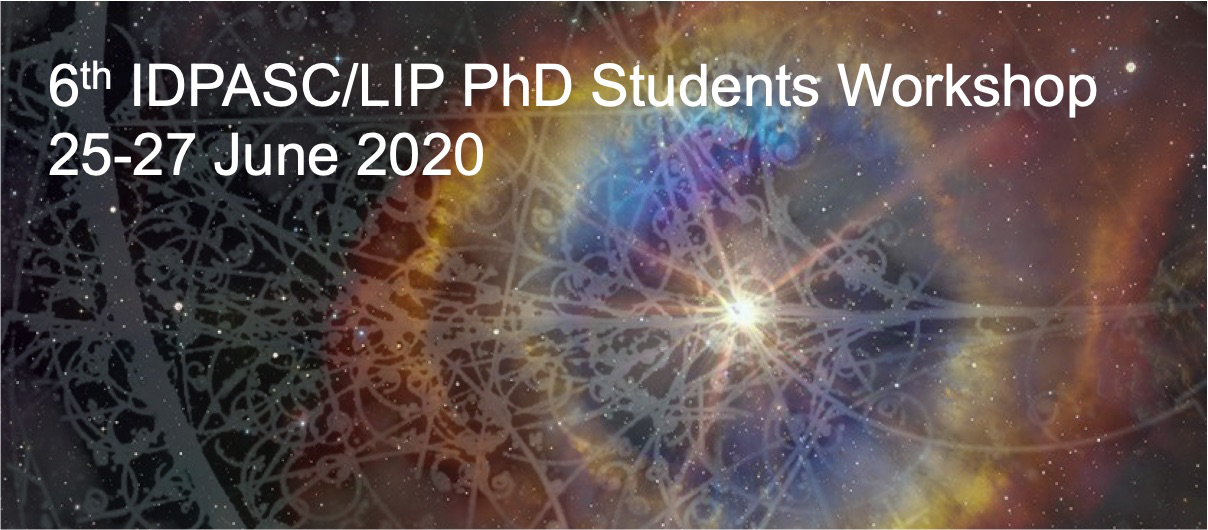Speaker
Description
Dust grains are key ingredients in understanding the interstellar medium (ISM) and the largests effect of dust on astronomical observations: the extinction of light in the line of sight and the wavelength dependent reddening it causes, both affecting distance measurements for cosmology when using extragalactic sources such as supernovae. Size, shape and distribution of the dust grains may also polarize light as it traverses the ISM.
Monte Carlo Radiative Transfer (MCRT) constitutes a family of algorithms that given a photon source and a dust envioronment models simulate the interaction between the photons and the medium until it reaches the observer.
SKIRT is an MCRT program that includes several galaxy physical models library, which relieves the user from the mathematical description of the object and medium to simulate having only to choose, using an interface, from a set of parameters. The simulation process suffers nevertheless from the same computational limitations associated with MCRT, with the computational time scaling linearly with the amount of photons simulated.
Singular extended astronomical observations or multiple interacting sources present spatially-correlated structures which can be exploited by non-classical statistical methodologies to upscale property inference. Using output data from SKIRT, I'll present a pipeline that employs the Integrated Nested Laplace Approximation (INLA) method to reconstruct astronomical scalar and vector fields regarding unobserved sections of galactic properties maps.

